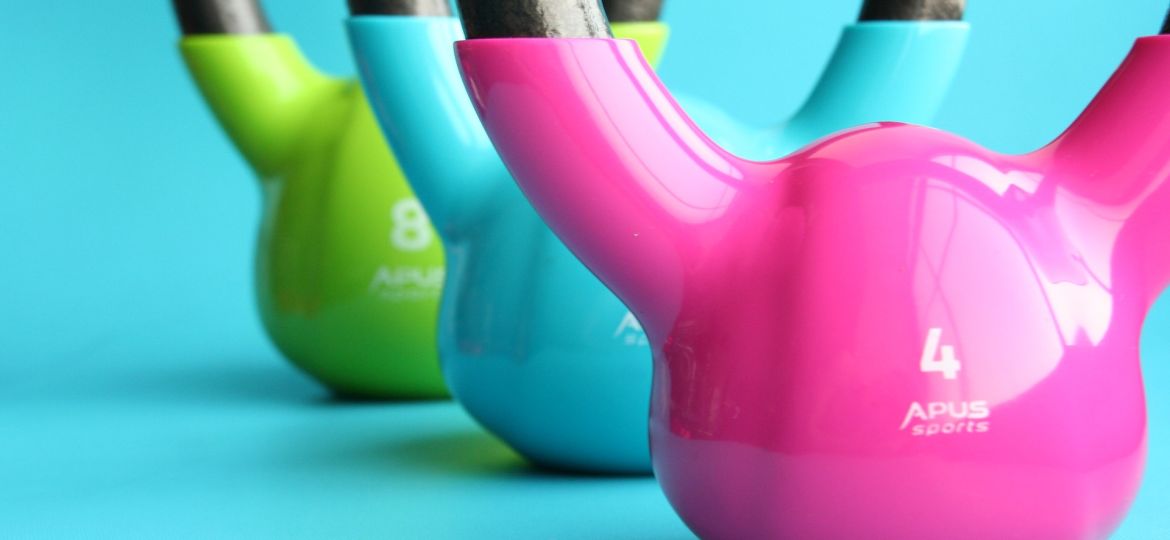
This popular exercise targets the quadriceps. It is useful for sports involving running, kicking or jumping. The leg extension is suitable for beginners and advanced, and can be done at home or in a gym, depending on which variant you use. Because it is usually performed sitting on a special piece of equipment, this exercise does not require the same balance as the squat and lunge exercises. That can be an advantage in some circumstances, such as in rehabilitation programs where balance can be an issue, but it does make the leg extension less useful for athletes who want a challenge for balance and stability in their exercise.
How
Sit on a leg extension machine: the backs of the knees against the edge of the seat and the knee joints aligned with the top of the lift bar between your legs. The rollers at the end of the lift bar should be just above the front of the ankles. Push against the leg rest and raise the legs until they are straight; the torso remains upright and the feet point forward. Move back slowly; repeat.
Do it well
Straighten the legs until they are completely straight. Slowly lower them, keeping the torso straight throughout the exercise.
Warning
Do not lower the legs too quickly. Hull straight.
Variations
Light
Use ankle weights and do the exercise sitting on a chair or sturdy table. Attach a weight just above the ankle of each leg. If you use a chair, it should be high enough that the feet do not touch the floor when you lower the legs back to the starting position. Make sure to keep your torso upright throughout the exercise.
Heavy
Take the added challenge of eccentric overload when moving the weight down, one leg at a time. Do the standard exercise by using both legs to lift the weight until both legs are straight. Then resist the downward force of the weight with only one leg. Repeat with each leg.
Active muscles
- Vastus intermedius (onder rectus femoris)
- Vastus lateralis
- Rectus femoris
- Vastus medialis

